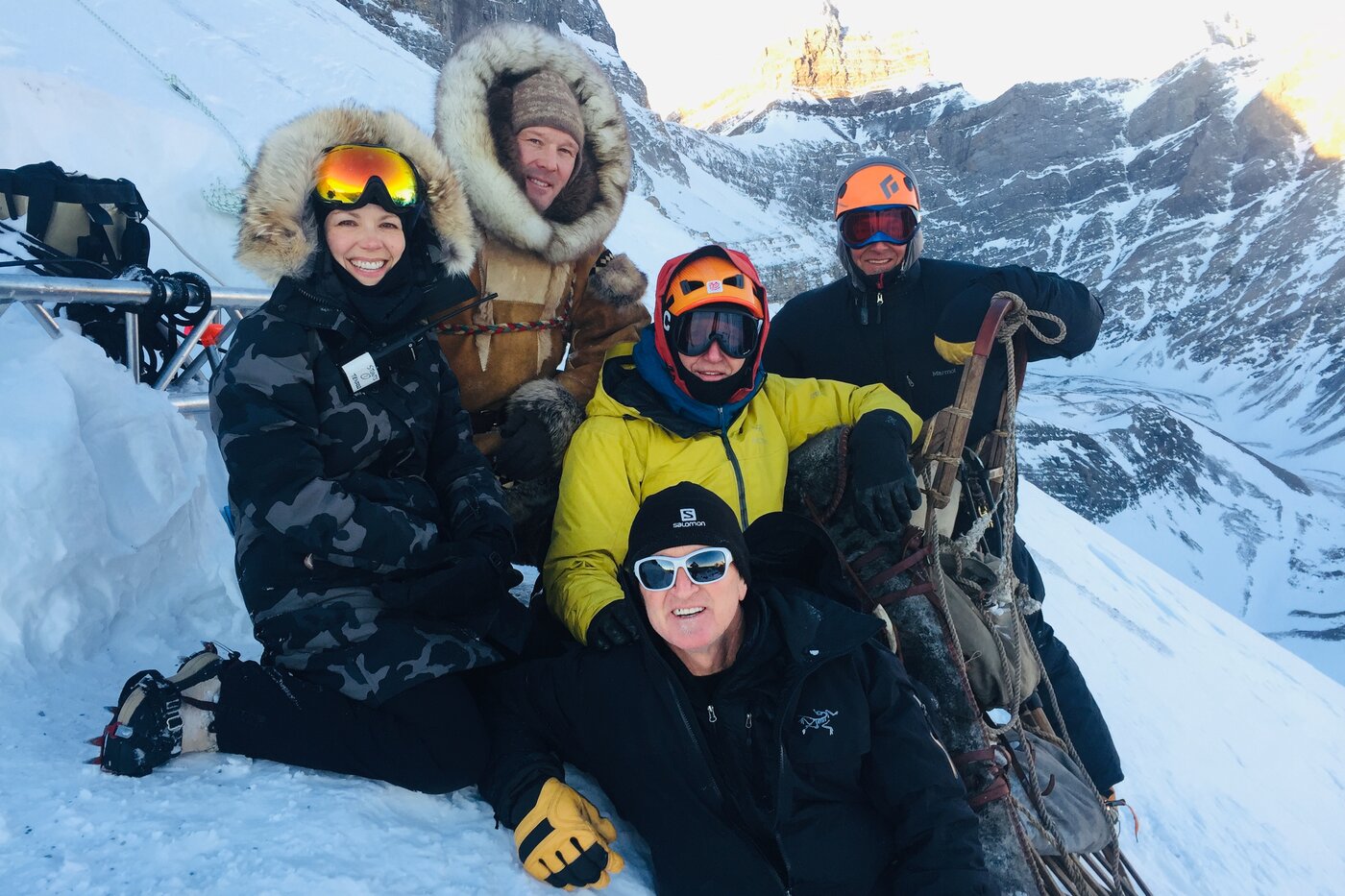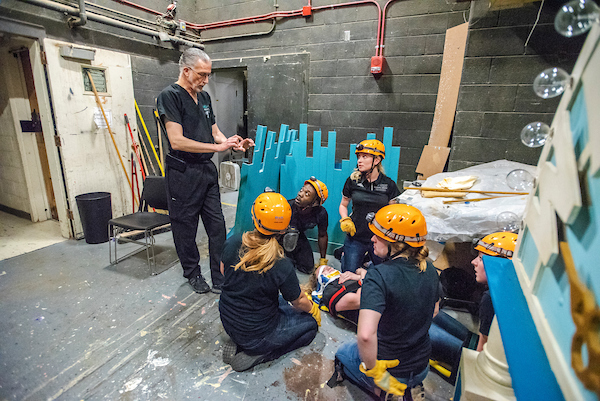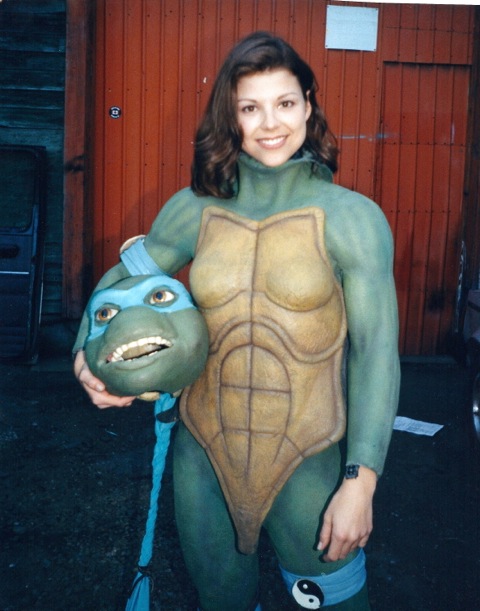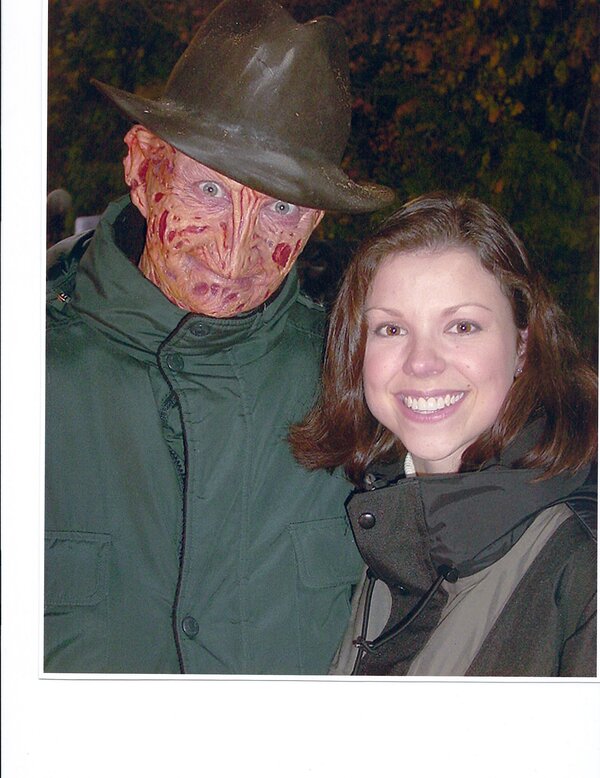
Taking the fall: How stunt performers struggle with reporting head trauma
OHIO researchers are tracking the reasons why many stunt performers are reluctant to report head trauma, and looking for solutions to the problem
Samantha Pelham | May 9, 2024
Share:
In the heart-pounding action scenes of your favorite blockbuster, it's not always the A-list actor taking the risks but the unsung heroes—stunt performers—who bring those breathtaking moments to life. However, behind the glamour lies a grim reality: the reluctance of these daredevils to report head trauma, fearing it could jeopardize their careers.
In the recently released blockbuster, “The Fall Guy,” audiences get a behind-the-scenes look at what stunt professionals go through to create those most thrilling moments, and although this film celebrates these skilled professionals, it does not highlight the impact the stunts can have on their health.
Ohio University researchers Dr. Jeffrey Russell and Dr. Elizabeth Beverly have delved into this issue through a new qualitative study published in the "Journal of Occupational Medicine & Toxicology," amplifying the voices of stunt performers who often go unheard. Their research, published as a follow-up to a previous study , shines a light on the challenges stunt professionals face regarding self-reporting of head injuries and the potential long-term consequences for their health and livelihoods.
“This qualitative study allows for stunt performers to describe in their own words about their experiences with head injuries, how they are managed and how the industry can improve upon ensuring stunt performers’ health and wellness into their future,” Russell, an associate professor in the College of Health Sciences and Professions, said.

Dr. Jeff Russell (left) trains students on how to handle an emergency in the performing arts.
Seeking proactive measures
The study was co-authored by Canadian stunt performers and provides an invaluable platform for members of their profession to share their experiences anonymously. It exposes a pervasive fear among performers that reporting injuries could result in them being sidelined or labeled a liability, thereby threatening their future job prospects.
“Many stunt performers are afraid to report their injuries, especially head trauma, in fear they will be put on a do-not-hire list or looked at as a liability,” Russell explained. “The more injuries or trauma, the harder it may be to find work. But that should not be how it is; production companies and their unions should be ensuring stunt performers are taken care of and not reprimanded for any injuries sustained on the job.”
Leslie McMichael, a stunt coordinator, stunt performer and co-author on the study, offers firsthand insight into the challenges faced by stunt professionals. Drawing from her experiences, she stresses the need for proactive measures to both prevent head injuries and address them when they occur.
“In my first 10 years working as a stunt performer, I noticed there were certain people that had some behavioral issues and learned that many of them had repeated head trauma where they didn’t have the proper safety when doing stunts like car crashes,” McMichael, who has done stunts in movies such as “X-Men: The Last Stand,” “Final Destination 3,” and “Fantastic Four,” said. “Especially in the older days, safety wasn’t at the forefront so there are several older stunt performers I’ve met or heard of where aging has been more difficult for them cognitively because of injuries they sustained while performing stunts. When I started seeing this more and more, I knew it was a real problem in our industry and that this population doesn’t often seek medical help out of fear of being unemployed.”

McMichael on the set of the 1997 TV series "Ninja Turtles: The Next Mutation" as Venus De Milo.

McMichael with Robert Englund as Freddy Krueger on the set of the 2002 movie "Freddy vs Jason."
First-person accounts
According to Beverly, who aided in analyzing the qualitative data, this study emphasizes the significance of understanding the emotional and psychological toll of health conditions on individuals.
“The power of qualitative research is it gives participants a voice to express what matters to them and why,” Beverly, Osteopathic Heritage Foundation Ralph S. Licklider, D.O. Endowed Professor in Behavioral Diabetes in the Heritage College of Osteopathic Medicine, said. “So often in the healthcare field, we think about quantitative outcomes because it is often easier to understand a numerical value. What we forget or fail to ask is how health conditions make people feel. How we feel often dictates our thoughts and behaviors. Overall, this can improve communication, treatment engagement and clinical outcomes.”
Although this qualitative study does not provide numerical evidence, it provides something more - an official record from stunt performers themselves, not anecdotes or hearsay. This type of research can be taken to studios and unions to use as resources for advocating for improvements in this area.
“We have observed the negative outcomes of head trauma in football and other sports and changes have been made in the last five years to prevent and reduce the number of those concussions,” Beverly explained. “My hope is that the film industry draws parallels and sees this as an opportunity to intervene and make changes. Stunt performers are an integral part of the entertainment industry, and they deserve to work in a safe environment.”
The findings from the study also identify a clear need to improve the quality of the work environment in their industry.
As a performer, McMichael performs stunts that range from martial arts to driving sequences, working with fire, high falls and more, yet notes that due to the nature of the job, even when someone is injured, they will continue to push through the pain in order to work.

McMichael competing at a martial arts tournaments. She originally got into stunt performing through her work in martial arts.
Research that fosters safety
“Unfortunately, with head trauma there is not a lot of physical proof to tell your union or studio about or to bring to your insurance company to ensure you can be taken care of. People want to work in this industry and to make a livelihood requires a stunt performer to be on set, continuously putting themselves through potentially dangerous stunts when they really should be resting and taking care of their bodies and brains. However, that doesn’t pay the bills.”
Both McMichael and Russell’s pioneering work has laid the groundwork for advancing research in this critical area and their advocacy is working to foster a culture of safety and support within the industry, ensuring that the well-being of stunt performers remains a top priority.
“It’s cool to be involved in something where I can help and potentially give back to the people I’ve been working with for a long time,” McMichael, who also has a Ph.D. in Media Psychology, added.
Russell has also established an international task force made up of stunt performers, researchers, and healthcare professionals from across the globe to help aid in the advocacy for stunt performers’ health.

